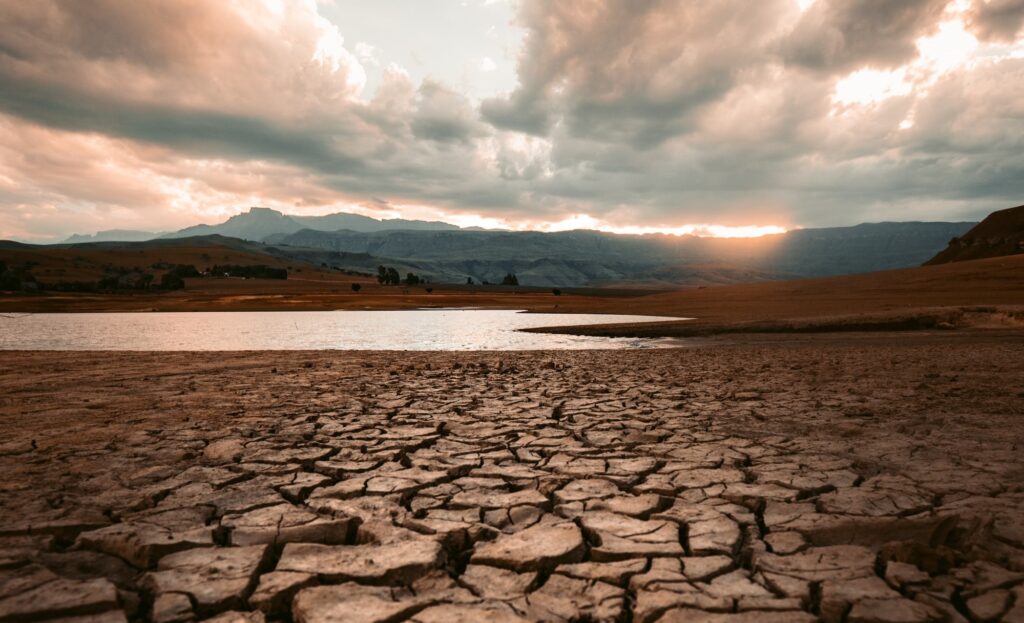FILE PHOTO – Declining water levels at a lake. Photo by redcharlie on Unsplash
LOGAN – The Utah Division of Water Quality announced Monday that the Great Salt Lake has dropped an inch below it’s all time record of 4,191.4 feet (1,278 meters), a record set in 1963.

The record came a month earlier than when the Great Salt Lake usually hits its lowest mark of the year. The largest natural lake west of the Mississippi River is expected to drop even more before it maxes out. The drought is taking its toll on lakes and rivers all across Utah.
Even with the recent monsoonal moisture, Dr. Jon Meyer, climate scientist at Utah State University, says the drought cycle could go another two to three years.
“Usually, a drought cycle lasts four to six years and the current one started about 2019-2020,” he said. “We are in year two or three depending on how you shake it all out.”
Historically, this is the worst drought in 125 years from a statewide perspective. The Beehive State did have a big drought in 2003 and a little in 2004.
“The thing that breaks us out of the drought cycle is good November to April snowstorms,” Meyer said. “In January 2018, it looked bad for the southern part of the state, and it lasted about year.”
The records go back 125 years and after that they rely on the early pioneer records.
“We also look at tree rings and they can go back 1000 years in some areas,” he says. “We can say it’s the worst in the years we have instrumental records, which has been for 125 years.”
“The current drought covers 99.94 percent of the state, in at least a D-3 category drought,” Meyer adds. “Seventy percent of the state is in a D-4 drought, and it doesn’t get any worse than that.”

The Great Salt Lake record low is an indication of how severe the drought is.
“Droughts have been part of the west forever,” he says. “The most severe drought we know of was in the Thirteenth century; it lasted 80 years.”
Scientists think that drought was the demise of the Anasazi Native American. It seems like the most likely cause of their demise. The timing of the drought and the peoples disappearance is apparent.
“As the population increases, we will need more conversations concerning water conservation and sharing,” Meyer claims. “Legal troubles over the use of the water have already begun and they will get more intense.”
The Colorado River Compact was created in 1922 as a water allocation agreement between seven states. The states include Colorado, New Mexico, Utah, Wyoming, Nevada, California, and Arizona. The agreement was based on wet years going back 1,000 years and the river has decreased since that time. There have been legal battles between states since the original agreement.

“As the water supply tightens there will be legal squabbles over the use of the water among the seven states,” Meyer says. “I think there will be more lawsuits over the use of the Colorado River water.”
There is anticipation moving forward as population grows and the effect of drought become more apparent. It could stifle agriculture in the west.
“The monsoon season was great,” Meyer says. “But for drought relief our eyes are on the winter snowpack.”

